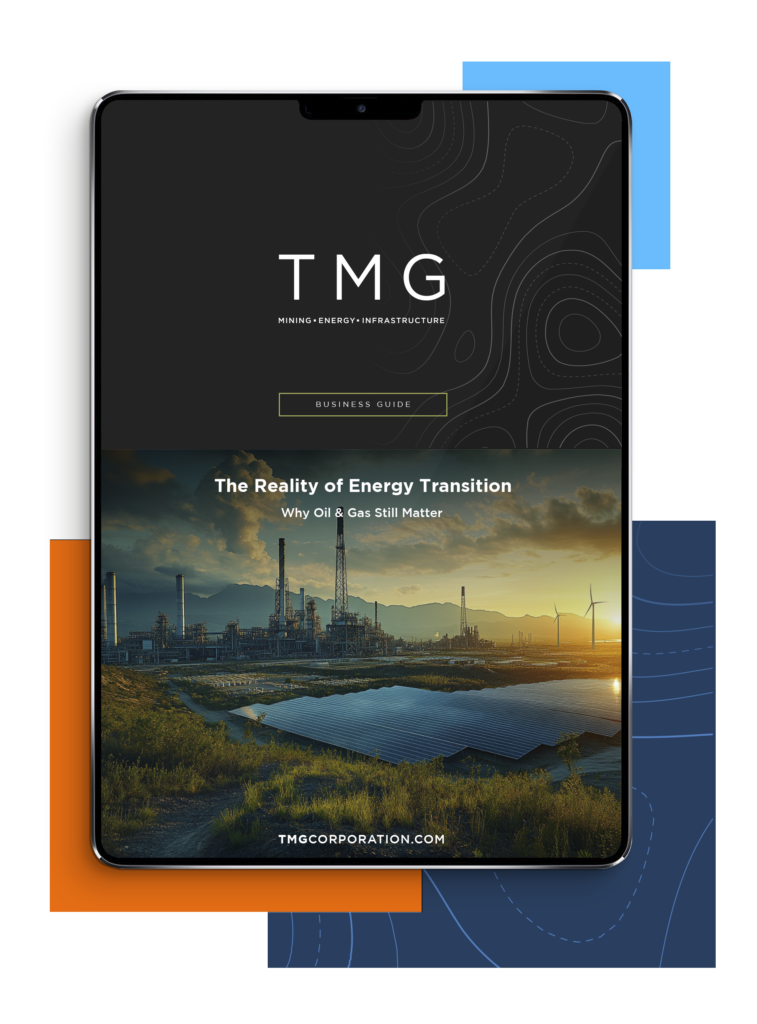Call Us Today: +1 866 205 2414
Throughout my years working alongside project management teams, I have seen funding discussions repeatedly dominated by scope, budget, schedule, and ROI. Those are critical, no doubt; however, there is another factor quietly shaping investor confidence, one that rarely makes it into the Gantt chart or the pitch deck —the quality of the documentation supporting leadership decisions, sometimes referred to as documentation hygiene.
When I mention “document hygiene,” I am not talking about tidying up files for a board presentation. I am referring to the daily practice of managing project documents and how dependably your team can create the decision trail behind a number. It’s about whether your documentation shows a project in control or one where disorder is hidden behind a polished slide deck.
From an investor’s point of view, how you handle documents reveals how you manage risk, enforce governance, and safeguard capital. In today’s climate, where scrutiny is intense and capital moves quickly, poor documentation is more than a bother; it becomes a liability.
To you, that folder of contracts and change orders might just be part of the administrative workload, yet to an investor, it’s evidence that shows:
When that evidence is missing or worse, it is scattered across personal inboxes, folders, or hard drives, it raises questions that go beyond administration, it suggests weak internal controls, and can make even strong numbers feel shaky because there is no structural proof behind them.
And here is the truth, even if your fundamentals are sound, documentation chaos can cast enough doubt to lose the room.
Sooner or later, every project faces a moment of scrutiny, due diligence, a funding milestone review, or a third-party audit. When that moment arrives, you will be asked for specifics—the actual evidence or “proof” of decisions, approvals, procurement alignment, and budget change justifications made by the project team.
If your documentation system cannot quickly and clearly provide this information, you’re not just wasting hours searching through files; you’re also losing credibility if you can’t rebuild trust afterward.
Strong document hygiene transforms those moments from high-risk to high-confidence, allowing you to meet the request smoothly and proving you’ve been in control all along.
Investors accept that projects carry risks; what they need is confidence in how you manage them and how they should incorporate your risk into their portfolio. With clear, current, and well-structured documents, the project communicates the following with confidence:
This visibility gives investors during a due diligence process the clarity to model downside scenarios, allocate contingency, and ultimately say yes with less hesitation.
Trust isn’t lost when a project faces a challenge; it’s lost when that challenge exposes disorganization—when what should be a simple answer turns into “We’ll get back to you,” followed by days of chasing files.
When that happens, investors start asking themselves dangerous questions:
Trust, once broken, is hard to rebuild, and good document hygiene helps prevent those cracks from developing.
Project teams operate in delivery mode, while investors focus on risk mode. Documentation acts as the bridge between them by explaining why the scope changed, how budgets evolved, and whether procurement aligned with the plan.
When that bridge is strong, information flows, confidence grows, and capital stays committed. When it is weak, the whole structure is at risk.
At TMG, we collaborate with project leaders to turn documentation into an asset instead of a liability or afterthought. We establish practical, enforceable document control practices that address the team’s project and operational needs while ensuring compliance with the investor’s oversight requirements.
That means:
If you are preparing for funding, managing active investment reporting, or closing out a capital project, we will help you build a documentation system that speaks investor language:
If your project is ready for capital, your documents should be ready for scrutiny. Let’s make sure they are.
Contact a TMG expert and let us help you turn document hygiene into an asset, not a liability.

Document Control Manager
Lauri Frausell is the Document Control Manager at TMG, with extensive experience overseeing documentation processes on large-scale mining, energy, and infrastructure projects. She has supported complex, multi-stakeholder engagements by building compliant, traceable systems that span engineering, construction, commissioning, and turnover. Lauri is known for her attention to detail, team coordination, and ability to integrate document control seamlessly into the broader project delivery framework.
Lauri is responsible for implementing document control systems tailored to each project phase, ensuring alignment with Owner-side governance and contract deliverables. She has deep expertise in workflow configuration, submittal tracking, and drawing management, key to maintaining traceability and quality assurance across evolving scopes. Her systems provide auditable, transparent records that de-risk interface handoffs and regulatory inspections.